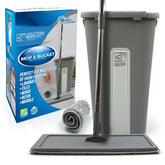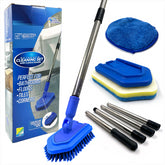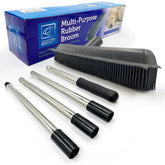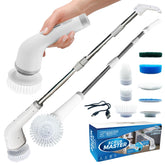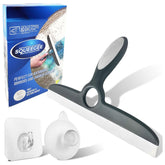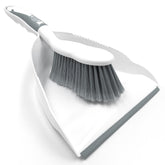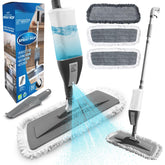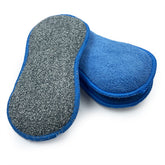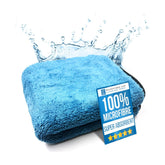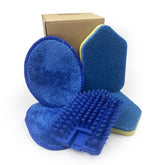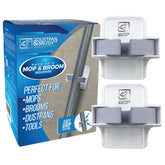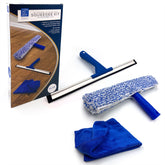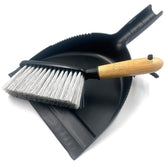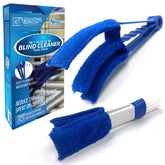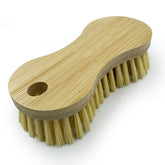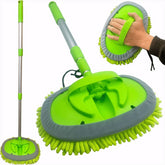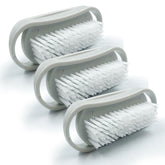5 Ways Of Reducing Odours In Your Home

No matter how many times you scrub at your floors, mop and clean, the smells that come with every day life are inevitable. As long as you’re cooking, playing and well living your lives basically, they’re going to be there. But with the right products and knowing where to to look you can banish these terrible odours for good!
Here is what to look out for…
1. Clean your bins.
Start by emptying the bin and removing all rubbish (obviously…) Clean the bin thoroughly by washing it with hot soapy water. You can use a scrub brush or sponge to scrub the inside and outside of the bin. Rinse it well and dry it completely.
If there are lingering smells, you can try using natural odour absorbers like baking soda. Sprinkle a generous amount of baking soda in a tray or open container inside the bin. Leave it overnight to absorb the odours. Another effective solution is to use vinegar. Soak a cloth or paper towel in white vinegar and wipe the inside of the bin. Vinegar's acidic properties can help eliminate odours.
To prevent future odours, make sure to line the bin with a bag or bin liner to contain any potential leaks or spills. Regularly empty the bin and clean it as needed. To make extra sure that smells won’t come back try throwing in some cotton buds with essential oils at the bottom of the bin liner to help create a nicer aroma.
These methods should help remove odours from your bins and keep them smelling fresh.
2. Clean out your fridge.
Remove all items from your fridge, discard any expired food, and wipe down all surfaces with a solution of one part vinegar and three parts water. This will help get rid of any food residue that could be contributing to odours.
There are a few things you can place in the fridge to help absorb odours, the first being baking soda. Place an open box or dish of baking soda in your fridge to absorb any unpleasant odours and replace it every three months or so. If baking soda isn’t for you, place a dish of fresh coffee grounds in your fridge. The coffee will absorb any odours and leave a pleasant smell behind. Replace the coffee grounds once a month. Lastly, you can use citrus, cut a lemon or orange into small wedges and place them inside your fridge. The natural citrus oils will help neutralise unpleasant odours. Replace the wedges every one to two weeks.By following one or more of these methods, you should be able to remove odours from your fridge.
3. Deep-clean your dishwasher regularly.
Remove all dishes and utensils from the dishwasher, and use a damp cloth to clear out any debris on the floor and sides of the dishwasher's interior.
Then remove the filter from the bottom of the dishwasher and clean it using warm soapy water. Use a bottle brush or grout brush to scrub any particles that may be hiding inside the crevices, this is one particular place where the smell can accumulate quite badly.
Like the fridge, there are a few things you can place in the dishwasher on a cycle to help neutralise the odours, the first being vinegar. Run a hot cycle with vinegar, place a cup of white vinegar in a dishwasher-safe container on the top rack of the dishwasher and run a hot cycle. The vinegar will help disinfect and deodorise the dishwasher.
If you find that vinegar isn’t right for you you can try running a hot cycle with baking soda: Sprinkle one cup of baking soda on the bottom of the dishwasher and run it as normal Please bare in mind this should be run with no dirty dishes inside.
Lastly you can try lemon juice: Cut a lemon in half and place it face up on the top rack of the dishwasher. Run a hot cycle to allow the citric acid to help break down any food particles and remove odours. You can also pour a cup of lemon juice on the bottom of the dishwasher and run a hot cycle.
4. Clean out your microwave.
The first one to try is Vinegar and Water: Mix equal parts water and vinegar in a bowl. Dip a clean sponge into the mixture and use it to wipe your microwave clean. Rinse the sponge clean and leave it to dry. Take out the turntable/rack and wash them separately in the sink.
If vinegar isn’t for you try baking soda: Combine one tablespoon of baking soda with one cup of water in a microwave-safe bowl. Microwave the mixture on high for five minutes or until the water boils. Let the mixture sit in the microwave for a few minutes before opening the door. Then, carefully remove the bowl and wipe down the inside of the microwave with a clean, damp cloth or sponge.
Again, if you’re wanting a bit of a nicer smell try again with lemon. Cut a lemon in half and place in microwavable bowl with some water. Microwave on high for one minute, or until the inside of the microwave is steamy. Remove the plate and wipe down the inside of the microwave with a clean, damp cloth.Lastly, Vanilla Extract: In a microwavable bowl, mix two teaspoons of vanilla extract with one cup of water and microwave on high for four minutes. Remove the bowl and wipe down the inside of the microwave with a clean, damp cloth.
5. Clean your toilets before they start to look dirty.
This is probably one of the most important jobs to do frequently in order to combat those odours. The tile is by far one of the smelliest things in the home if not kept on top of, so.. how to clean your toilet to make sure the odours aren’t violating your home.
First things first, gather your supplies. You will need rubber gloves, a toilet brush, toilet bowl cleaner or a mixture of white vinegar and baking soda. Then start by flushing the toilet to wet the bowl and make it easier to clean.
Apply a mixture of white vinegar and baking soda to the inside of the bowl. Make sure to apply it along the rim, under the rim, and inside the bowl. Take the toilet brush and scrub the inside of the bowl, focusing on areas with stains or build-up. Start at the top and work your way down, making sure to get under the rim and into the waterline.
Use a cloth or sponge and an all-purpose cleaner to clean the rim and seat of the toilet. Pay attention to any hinges or crevices where dirt may accumulate. Wipe down the outside of the toilet tank, the base of the toilet, and any other surfaces with a cloth or sponge and an all-purpose cleaner. Don't forget to clean the flush handle. If there are any water spots or dirt on the floor around the toilet, clean them with a mop or a cloth soaked in a disinfectant too.
After cleaning, flush the toilet to rinse away the cleaner. If using a mixture of vinegar and baking soda, let it sit for a few minutes before flushing. Take off the gloves and dispose of them properly. Rinse the toilet brush thoroughly and let it dry before placing it back in its holder.


